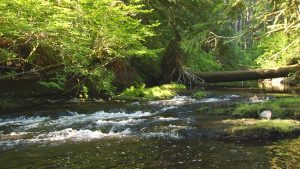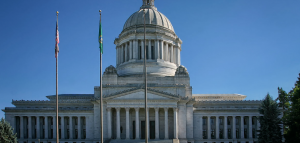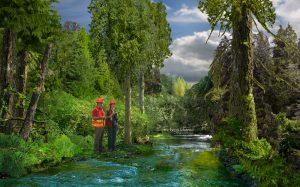Protecting and enhancing the values of sustainable working forests.
WASHINGTON FOREST PROTECTION ASSOCIATION
Sustainable Forestry
WASHINGTON’S WORKING FORESTS
In the state of Washington, there are approximately 22 million acres of forestland, with around 4 million acres privately owned and managed by member companies of the Washington Forest Protection Association (WFPA). These privately owned forests are known as “working forests” because they continuously supply the raw materials for various wood, paper, and pulp products that are in constant demand. Nearly 70% of the timber harvested in Washington State comes from these privately owned forests, making Washington the second-largest lumber producer in the nation and supporting over 101,000 jobs in the state.
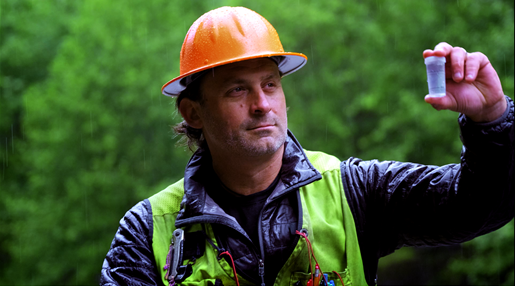
WFPA's Leadership in Sustainable Forest Practices
WFPA member companies are dedicated to sustainable forestry practices. They serve as a valuable resource for the latest scientific information on forestry. Member companies collaborate on committees to develop and share sustainable forest practices that meet the complex demands of today’s forestry industry. The positive outcomes of these efforts are evident in highly productive forests that not only provide resources but also protect wildlife habitats and offer recreational spaces for the community.
PRIVATE OWNERSHIP OF WASHINGTON'S FORESTLAND
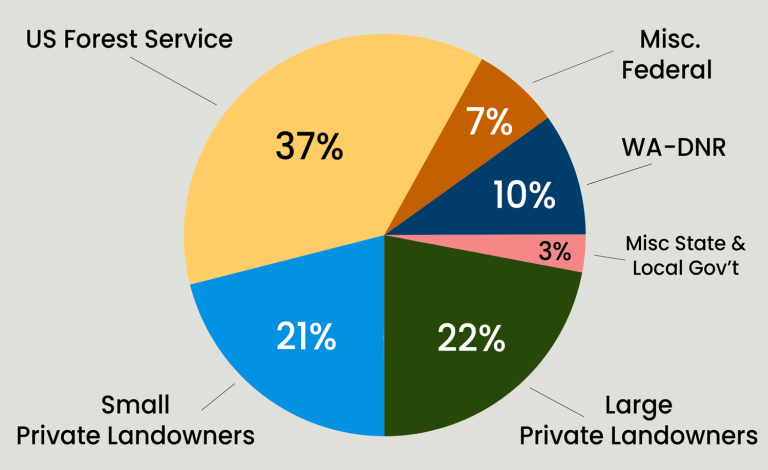
A little over one-third of Washington’s forests are privately owned, primarily by companies with the primary objective of sustaining a continuous supply of forest products. Approximately 60% of the state’s private forestland, totaling 4.6 million acres, falls under the category of “industrial private forest landowners.” These landowners are characterized by private ownership of 10,000 acres or more of forestland and a focus on profitable timber production.
The remaining 40% of private ownership, roughly 3.2 million acres, consists of small family tree farmers and private individuals. These non-industrial private forest landowners often have diverse management goals, including income generation from timber harvesting, recreational land use, and wildlife habitat preservation. Through collaboration within our membership, innovative forest management practices are shared with private foresters across Washington State.
Through collaboration between our various levels of membership, innovative forest practices can be shared with all private foresters across the state of Washington.
DIVERSITY OF FORESTLAND OWNERSHIP
WASHINGTON FORESTLAND OWNERSHIP
Washington’s total land area encompasses 42.5 million acres, half of which are covered by forests. Private ownership accounts for nearly 36% of this forestland, while government entities manage the remaining 64%.
This classification is based on definitions provided by the Pacific Northwest Research Station of the USDA Forest Service.
* Industrial private landowners include land that is privately owned, which has a primary purpose of producing timber products for profit and per owner is 10,000 acres or more of forestland.
** Nonindustrial private landowners include land that is privately owned and per owner is less than 10,000 acres of forestland. U.S. Forest Service, USFS Land Area Reports, as of September 30, 2006.
COMMITMENT AT ALL LEVELS OF GOVERNMENT
Federal, state, local, and tribal agencies all play critical roles in safeguarding Washington’s natural resources while overseeing forest practices in government-managed forests.
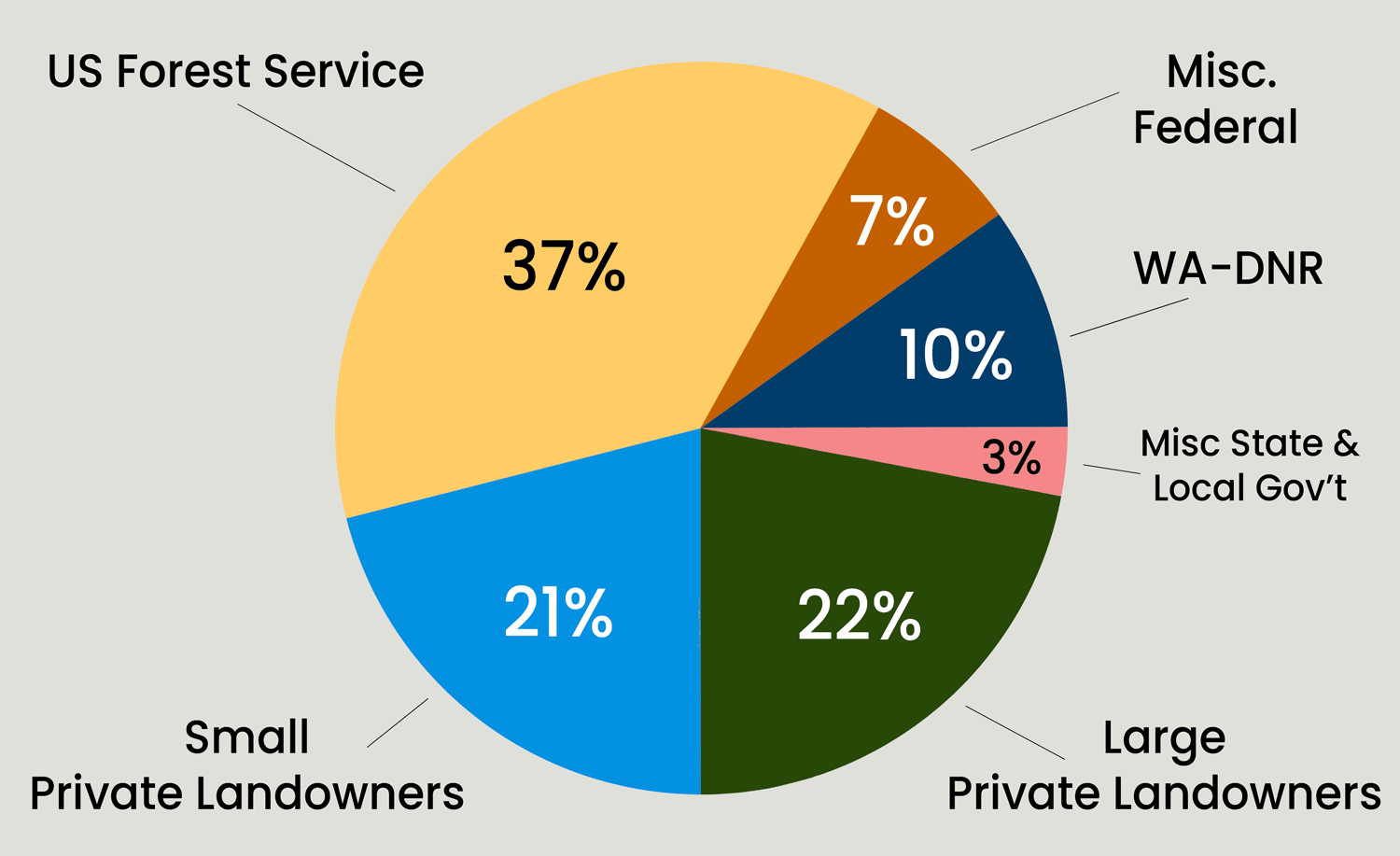
UNITED STATES FOREST SERVICE
The United States Forest Service, an agency of the U.S. Department of Agriculture, manages seven national forests, making it the largest government forest manager in Washington. Their forest management approach emphasizes wilderness preservation, scenic area protection, wildlife habitat provision, and the creation of recreational opportunities. Commercial harvesting is minimal in Washington’s national forests.
NATIONAL PARK SERVICE
The National Park Service, part of the U.S. Department of the Interior, oversees 1.4 million acres of forest in three national parks in Washington. Their primary goal is to protect the resources of national parks while ensuring public access and enjoyment.
WASHINGTON NATIONAL PARKS AND MONUMENTS
WASHINGTON STATE DEPARTMENT OF NATURAL RESOURCES
The Washington State Department of Natural Resources is the second-largest government forest manager after the USDA Forest Service. They oversee 2.2 million acres of forested state trust lands, focusing on protecting public resources, wildfire prevention and suppression, and forest practice regulation.
BUREAU OF LAND MANAGEMENT
The Bureau of Land Management, part of the U.S. Department of the Interior, manages approximately 50,000 acres of forestland in Washington. Their mission is to sustain the health, diversity, and productivity of public lands for present and future generations.
U.S. FISH & WILDLIFE SERVICE
The U.S. Fish & Wildlife Service, an agency within the U.S. Department of the Interior, manages around 85,000 acres of forestland in Washington, mainly within National Wildlife Refuges, small wetlands, and special management areas. They also enforce federal wildlife laws, protect endangered species, and conserve habitat.
NATIVE AMERICAN FORESTLAND
Native American tribes in Washington manage approximately 1.5 million acres of forestland, constituting about 7% of the state’s total forests. These tribes use their ancestral knowledge to successfully manage and protect the forest environment, ensuring a sustainable source of resources.
THE FUTURE OF WASHINGTON FORESTS REPORT
Growing concerns about Washington’s forestlands led to the authorization of a comprehensive study called “The Future of Washington Forests.” The Washington State Department of Natural Resources collaborated with the University of Washington’s College of Forest Resources to assess various aspects, including the competitiveness of Washington’s timber supply, forestland conversion to urban development, and forest health. Stakeholders, including WFPA and its members, contributed to policy recommendations for the legislature. The results are available in “The Future of Washington Forests 2007 Report to the Legislature,” providing insights into the preservation of Washington’s green spaces.
The results are now available in The Future of Washington Forests 2007 Report to the Legislature.

